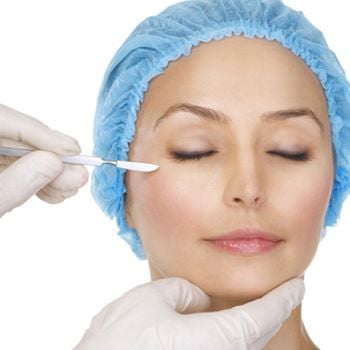Dermaplane Course
Dermaplaning is a simple and safe procedure for exfoliating the epidermis and ridding the skin of fine vellus hair (peach fuzz). It has been used for many years and has recently became popular as a celebrity must have treatment.
Skin care professionals must make sure dermaplaning is within their scope of practice before doing the procedure.When clients hear the word dermaplaning, they quickly associate the term with the procedure known as dermabrasion. Dermabrasion is a medical procedure in which the skin is abraded down to the dermis using a whisk like device. There can be complications associated with dermabrasion, including infections and scarring, which is why it is not commonly used anymore. Dermaplaning, on the other hand, is a simple physical exfoliation of the epidermis.
Because dermaplaning is a quick procedure with few to no adverse effects, it has quickly gained popularity among cosmetic providers across the world. Using a scalpel and a delicate touch, the technician simply abrades the surface of the skin using light feathering strokes.
This is a great treatment to offer to patients who are pregnant or nursing who want a deep exfoliation, but are not allowed to use peeling agents on their skin. It is also a first choice for patients who have excess vellus hair on the skin. This hair often causes a buildup of dirt and oils in the follicles, so removing the hair gives the patient healthier looking skin.
Although merely an old wives’ tale, many patients are often concerned that the hair will grow back heavier and darker after dermaplaning. This is not the case. As long as the hair is superficial vellus hair, it will grow back at the same rate and texture as before the treatment.
Removing epidermal skin also allows products to penetrate more readily into the deeper layers. Physicians may recommend this treatment to prepare the skin for medical procedures such as laser treatments or deep chemical peels. It also may be used by an estheticians to prepare the skin for superficial chemical peels or before a cleansing facial.
Dermaplaning is most often used on patients with rough, dry skin, mild acne scarring, or fine lines and wrinkles. The treatment results in a more refined, smooth, “glowing” appearance.
Training Cost £350 includes starter kit

